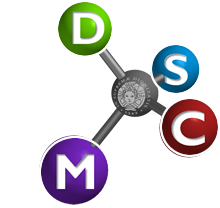
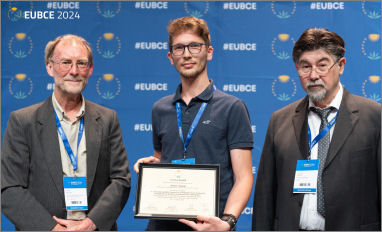 Between 24 and 27 June, the 32nd European Biomass Conference & Exhibition - EUBCE - occurred in Marseille. Over the years, EUBCE has established itself as an international event, attracting numerous participants from around the world and featuring high-profile guests. The event primarily focuses on all aspects of biomass, including resources, research, innovation, applications, and policies.
Between 24 and 27 June, the 32nd European Biomass Conference & Exhibition - EUBCE - occurred in Marseille. Over the years, EUBCE has established itself as an international event, attracting numerous participants from around the world and featuring high-profile guests. The event primarily focuses on all aspects of biomass, including resources, research, innovation, applications, and policies.
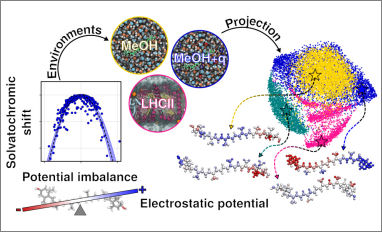 Congratulations to Amanda Arcidiacono, Dr. Edoardo Cignoni and Patrizia Mazzeo for the publication of their work entitled 'Predicting Slvatochromism of Chromophores in Proteins through QM/MM and Machine Learning', on the Journal of Physiscal Chemistry A. In this work the authors unravel the complexity of solvatochromism in one of the most abundant classes of natural chromophores, the Carotenoids.
Congratulations to Amanda Arcidiacono, Dr. Edoardo Cignoni and Patrizia Mazzeo for the publication of their work entitled 'Predicting Slvatochromism of Chromophores in Proteins through QM/MM and Machine Learning', on the Journal of Physiscal Chemistry A. In this work the authors unravel the complexity of solvatochromism in one of the most abundant classes of natural chromophores, the Carotenoids.
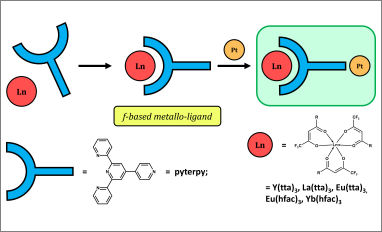 Congratulations to our PhD student Marco Bazi for the recent scientific publication entitled “Mononuclear Rare-Earth Metalloligands Exploiting a Divergent Ligand” in Inorganic Chemistry. Seven Rare-Earth compounds with formula [RE(dike)3pyterpy] were synthesized using the divergent ligand “pyterpy” and two different ancillary ligands (dike= tta with Htta = 2-thenoyltrifluoroacetone or dike = hfac with Hhfac hexafluoroacetylacetone).
Congratulations to our PhD student Marco Bazi for the recent scientific publication entitled “Mononuclear Rare-Earth Metalloligands Exploiting a Divergent Ligand” in Inorganic Chemistry. Seven Rare-Earth compounds with formula [RE(dike)3pyterpy] were synthesized using the divergent ligand “pyterpy” and two different ancillary ligands (dike= tta with Htta = 2-thenoyltrifluoroacetone or dike = hfac with Hhfac hexafluoroacetylacetone).
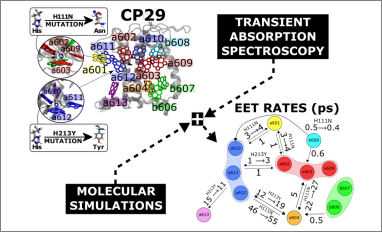 Congratulations to our PhD student Piermarco Saraceno for his publication titled "Probing the Effect of Mutations on Light Harvesting in CP29 by Transient Absorption and First-Principles Simulations" in The Journal of Physical Chemistry Letters. This research explores how mutations affect the energy transfer efficiency within the CP29 complex, a key component in plant photosynthesis. The study employs an advanced approach that combines ultrafast spectroscopy with first-principles simulations to reveal detailed excitation energy transfer (EET) pathways.
Congratulations to our PhD student Piermarco Saraceno for his publication titled "Probing the Effect of Mutations on Light Harvesting in CP29 by Transient Absorption and First-Principles Simulations" in The Journal of Physical Chemistry Letters. This research explores how mutations affect the energy transfer efficiency within the CP29 complex, a key component in plant photosynthesis. The study employs an advanced approach that combines ultrafast spectroscopy with first-principles simulations to reveal detailed excitation energy transfer (EET) pathways.



